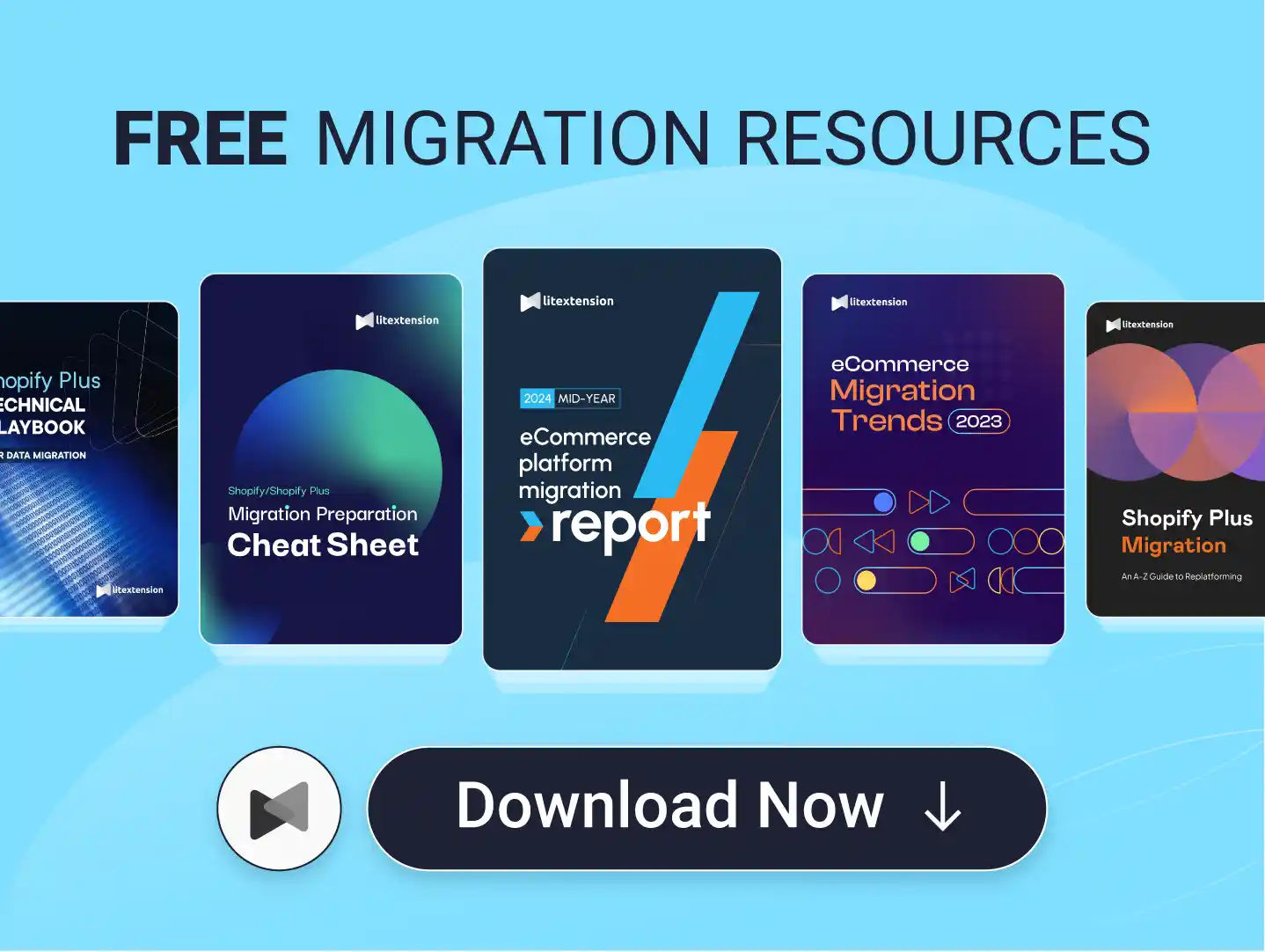Since its first introduction, e-commerce has now become the backbone of modern trade. Indeed, millions of businesses worldwide are utilizing digital platforms to connect with buyers and adopt various types of e-commerce models, depending on their customers, the value they deliver, and the strategies employed to generate revenue.
So, what exactly are those models? In this article, we’ll explore the nine most common types shaping 2025, including:
- B2C (Business-to-Consumer)
- B2B (Business-to-Business)
- B2B2C (Business-to-Business-to-Consumer)
- B2G (Business-to-Government)
- C2B (Consumer-to-Business)
- D2C (Direct-to-Consumer)
- C2C (Consumer-to-Consumer)
- B2A (Business-to-Administration)
- C2A (Consumer-to-Administration)
Let's get started!
9 Most Common Types of e-Commerce Models
So, how many types of e-commerce are there? There are a total of nine, as follows.
B2C (Business-to-Consumer)
The Business-to-Consumer (B2C) model is one of the types of e-commerce most people are already familiar with, as it refers to businesses selling products or services directly to individuals for personal use.
What makes this model so widely recognized is its simplicity. Customers browse, place an order, pay online, and receive their purchase (often delivered straight to their homes). Because the relationship is direct and transaction cycles are short, companies operating under B2C need to focus heavily on customer experience and convenience.

A clear example of this model is Amazon, which has set the global standard for B2C e-commerce. Starting as an online bookstore, it evolved into a platform offering a wide range of products, from household goods to cloud services. Amazon's success lies in prioritizing convenience: outstanding features like one-click purchasing, personalized product recommendations, fast Prime delivery, and responsive customer service all work together to make the buying process efficient and smooth.
B2B (Business-to-Business)
While B2C focuses on individuals, the Business-to-Business (B2B) model revolves around transactions between companies. In this setup, one business provides products, raw materials, or services that another business needs to operate, manufacture, or resell. These exchanges are usually larger in scale, involve negotiation, and often result in long-term contracts. Because purchases affect entire organizations, decision-making is slower and more complex than in B2C.
In these types of e-commerce business models, the longer sales cycle also means that reliability and efficiency are paramount. Buyers seek stable supply chains, consistent product quality, and trusted partners who can support their long-term growth. B2B e-commerce platforms, therefore, are often designed to handle recurring orders and integrations with business systems to make procurement easier.
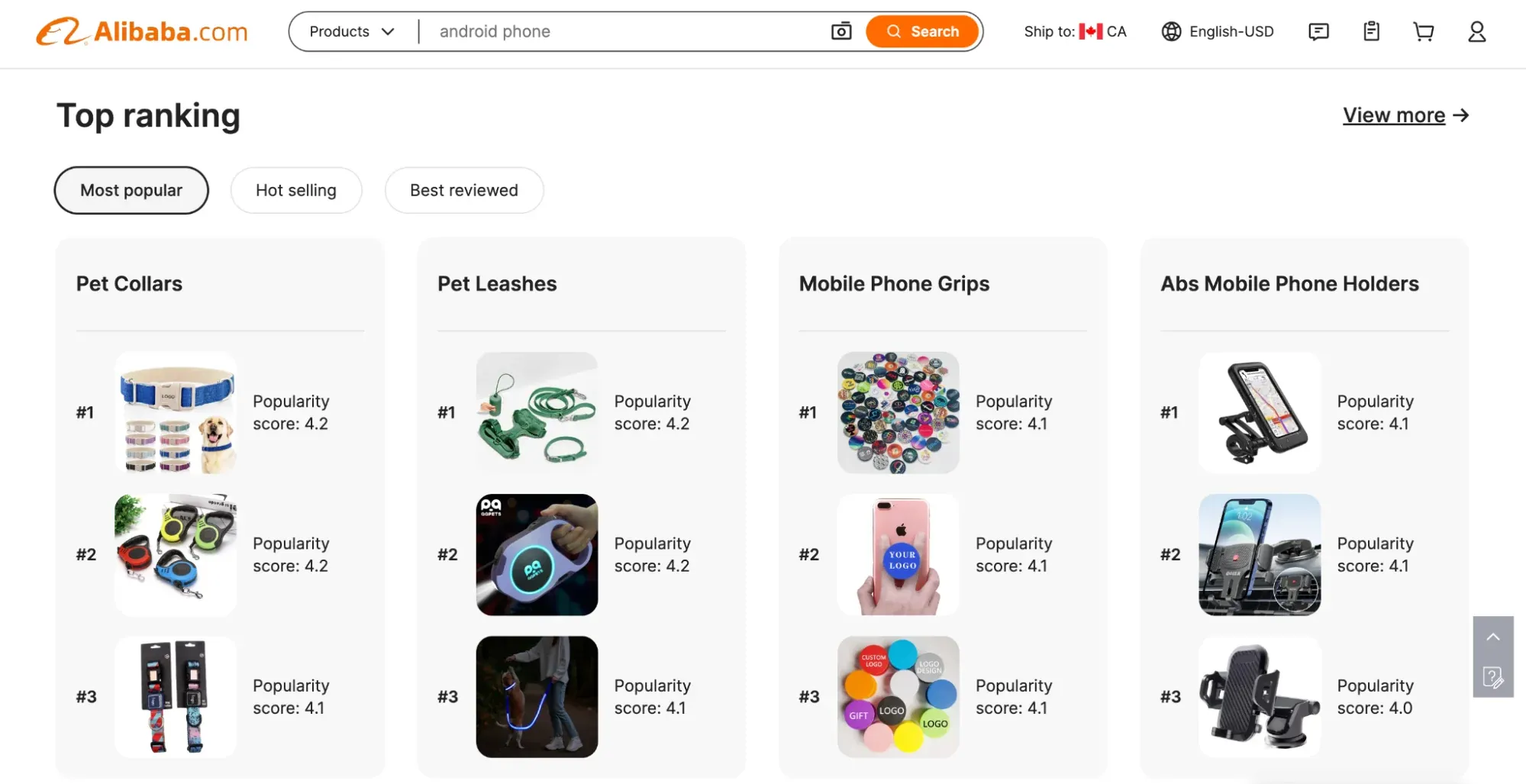
A notable example is Alibaba, one of the world's largest B2B platforms. It connects manufacturers (mostly in Asia) with businesses around the globe. For instance, a retailer in Europe can source thousands of clothing items directly from a factory in China through Alibaba's marketplace.
For a closer look at prominent B2B trends in 2025, click here.
B2B2C (Business-to-Business-to-Consumer)
The Business-to-Business-to-Consumer (B2B2C) model is best understood as a bridge between B2B and B2C. Here, one company sells goods or services to another company, and together they deliver these offerings to the end consumer. Unlike traditional B2B, where the first supplier often stays invisible, B2B2C allows the original business to remain visible to customers, usually through branding or direct communication.
These types of e-commerce have become increasingly popular thanks to digital platforms that act as intermediaries. The supplier benefits by reaching consumers it could not reach alone, while the partner business enhances its value by offering a more complete or convenient service. Consumers, in turn, gain a smoother experience that combines the strengths of both businesses.
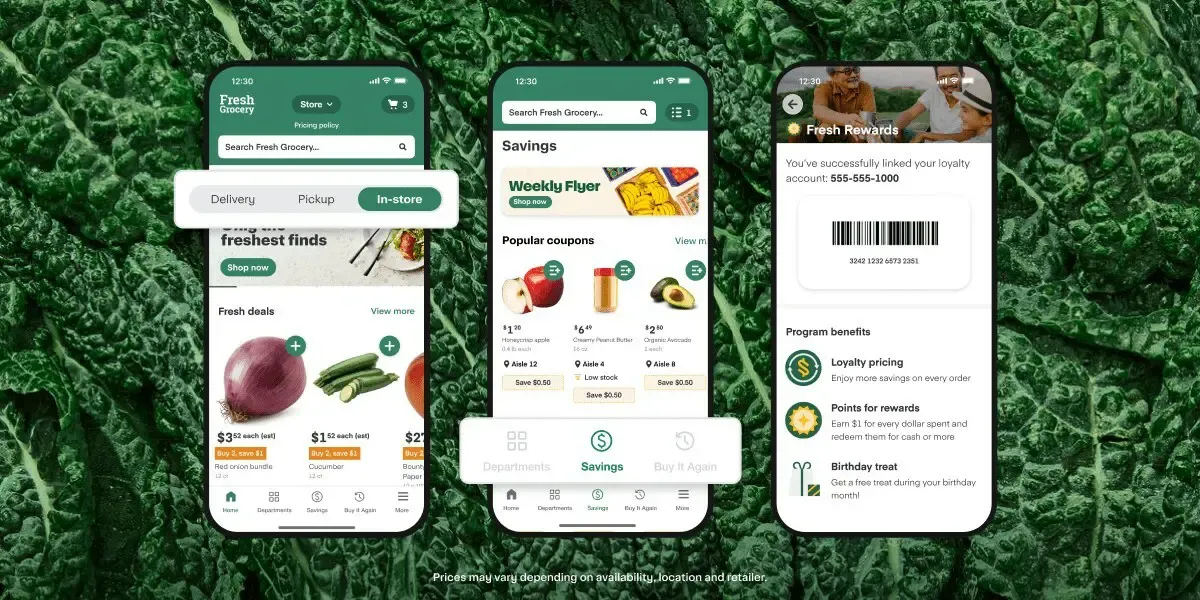
A well-known example is Instacart. Grocery stores partner with Instacart by listing their products on its app, which customers then use to shop and arrange delivery. Although the groceries themselves come from the supermarket, Instacart manages the online interface, order processing, and last-mile delivery. As a result, consumers recognize both brands: the store supplying the goods and Instacart facilitating the service.
B2G (Business-to-Government)
Next, we have the Business-to-Government (B2G) model, which involves companies supplying products or services to government entities. Governments might purchase anything from everyday office equipment to advanced technologies like cybersecurity systems or infrastructure projects.
Because the stakes are so high for these types of e-commerce, companies that succeed in this sector must demonstrate not just technical expertise but also the ability to follow strict legal and regulatory requirements. Deals may take longer to secure but are usually high in value and can last for years, which makes them an attractive yet challenging opportunity.

IBM is a prime example of a company operating successfully in B2G e-commerce. It has worked with governments worldwide, providing IT infrastructure, artificial intelligence solutions, and secure data systems. In recent years, IBM has even partnered with the U.S. federal government on large-scale cloud and cybersecurity projects.
C2B (Consumer-to-Business)
As indicated by its name, the Consumer-to-Business (C2B) model flips the traditional idea of e-commerce on its head. Instead of businesses selling to consumers, individuals offer their services, skills, or influence to companies.
Such types of e-commerce can take many forms, such as freelancers completing projects for businesses, influencers promoting products, or consumers creating content that companies then purchase or use. The rise of digital platforms has made this model far more common, which opens up flexible earning opportunities for individuals while giving businesses scalable access to talent.

A perfect example is Upwork, one of the largest freelance marketplaces. On the platform, businesses post projects ranging from web design to content writing, while freelancers apply to complete them. Rather than hiring full-time staff, companies can utilize a global pool of talent as needed. For freelancers, this model provides opportunities to monetize their skills directly with businesses.
D2C (Direct-to-Consumer)
The Direct-to-Consumer (D2C) model is a modern approach in which brands bypass traditional wholesalers or retailers and sell directly to their customers. As the middle layer is removed, businesses gain more control over brand image and customer experience. This model has become especially popular in the digital age, as social media, websites, and online advertising allow even small brands to connect directly with a global audience.
One of the biggest advantages of these types of e-commerce is consistency. Because companies handle everything from product development and marketing to sales and delivery, they can create a frictionless journey for customers. This direct relationship also gives them valuable data about customer behavior, which helps refine products and personalize experiences.

Warby Parker is a clear example of this model. Instead of relying on opticians or department stores, the eyewear brand sold directly to customers online, offering stylish glasses at lower costs by cutting out retail markups. Later, they opened their own branded stores to complement their online sales.
C2C (Consumer-to-Consumer)
Meanwhile, the Consumer-to-Consumer (C2C) model is built on the idea that everyday people can act as both buyers and sellers. Rather than going through a company, individuals exchange products or services with each other, usually through a third-party marketplace that provides the digital infrastructure. From our observation, this model is especially common for second-hand goods, collectibles, and handmade items.
Obviously, accessibility is one of the most appealing aspects of such types of e-commerce. Anyone can participate without needing to be a formal business, and buyers often enjoy lower prices or unique items that aren’t available in traditional retail. At the same time, platforms that host C2C transactions provide payment systems and dispute resolution, ensuring that the exchange is both convenient and safe.
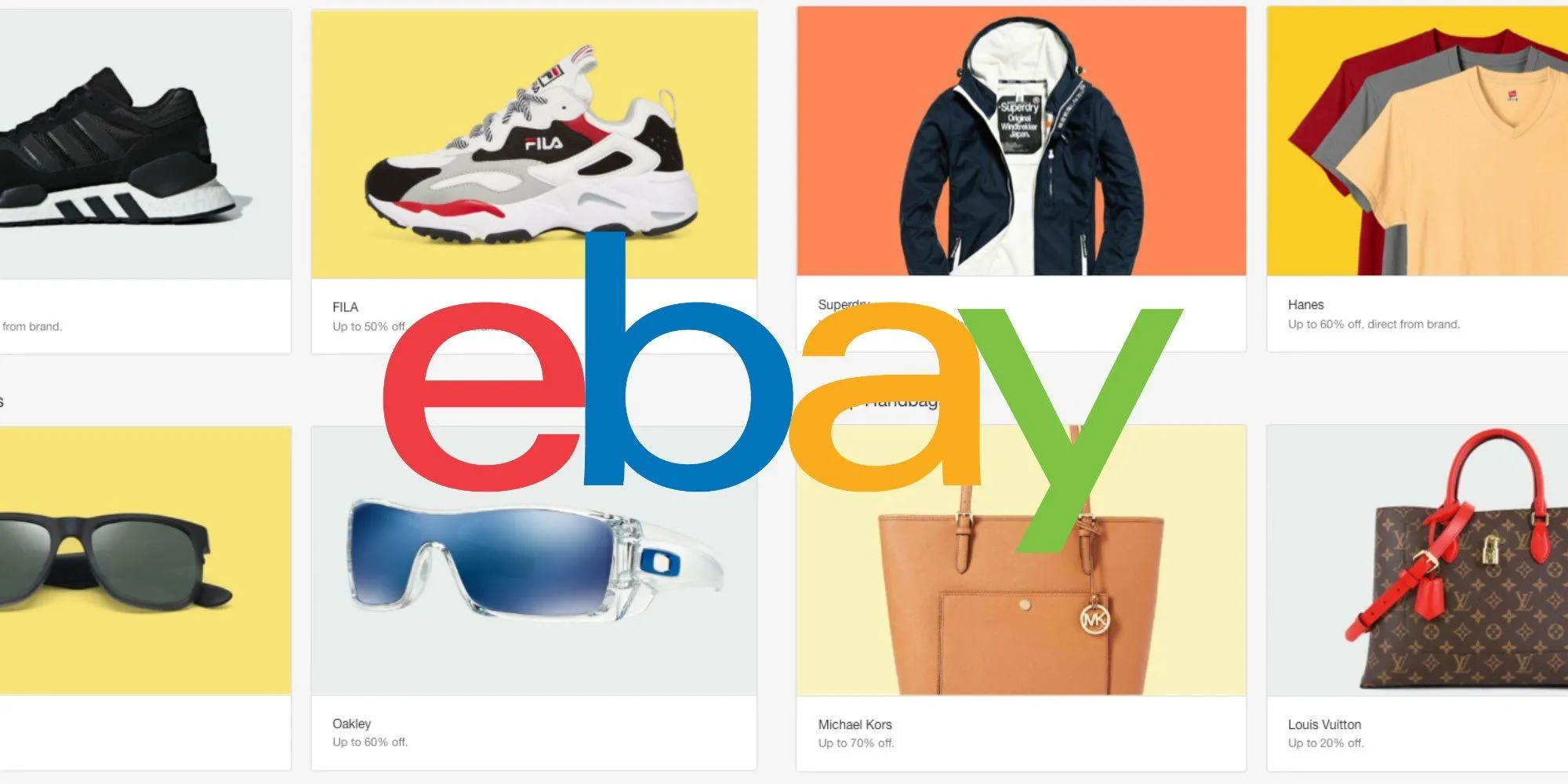
eBay is perhaps the most famous C2C marketplace. It enables individuals to list items for auction or direct sale, while others bid or buy instantly. Over time, eBay’s trust features, such as seller ratings, buyer protections, and secure payments, helped transform casual exchanges into a global peer-to-peer economy.
B2A (Business-to-Administration)
Considered one of the most popular types of e-commerce models, the Business-to-Administration (B2A) highlights the relationship between companies and public administration bodies such as schools, municipalities, or healthcare organizations.
Although it resembles Business-to-Government (B2G), B2A tends to focus more on everyday administrative services that affect citizens directly. Cases in point include IT systems, training programs, or digital tools that make public services more efficient.
Because these partnerships often involve taxpayer-funded projects, transparency and accountability are critical. Businesses working with administrations must meet high compliance standards and demonstrate long-term reliability. In return, administrations gain access to expertise and technologies they may not be able to develop internally.

Accenture is a strong example of a company operating in the B2A space. It has worked with public administrations across Europe to modernize digital systems, from creating online identity platforms to streamlining citizen services.
C2A (Consumer-to-Administration)
Lastly, the Consumer-to-Administration (C2A) model takes the perspective of individual citizens engaging directly with public authorities through online platforms. People no longer have to go to an office or fill out piles of paperwork; they can now pay taxes, apply for documents, access healthcare services, or even vote digitally.
One of the most advanced examples of these types of e-commerce comes from Estonia. Citizens here can file taxes online in just a few minutes and even cast votes in national elections digitally.
5 Types of e-commerce Revenue Models
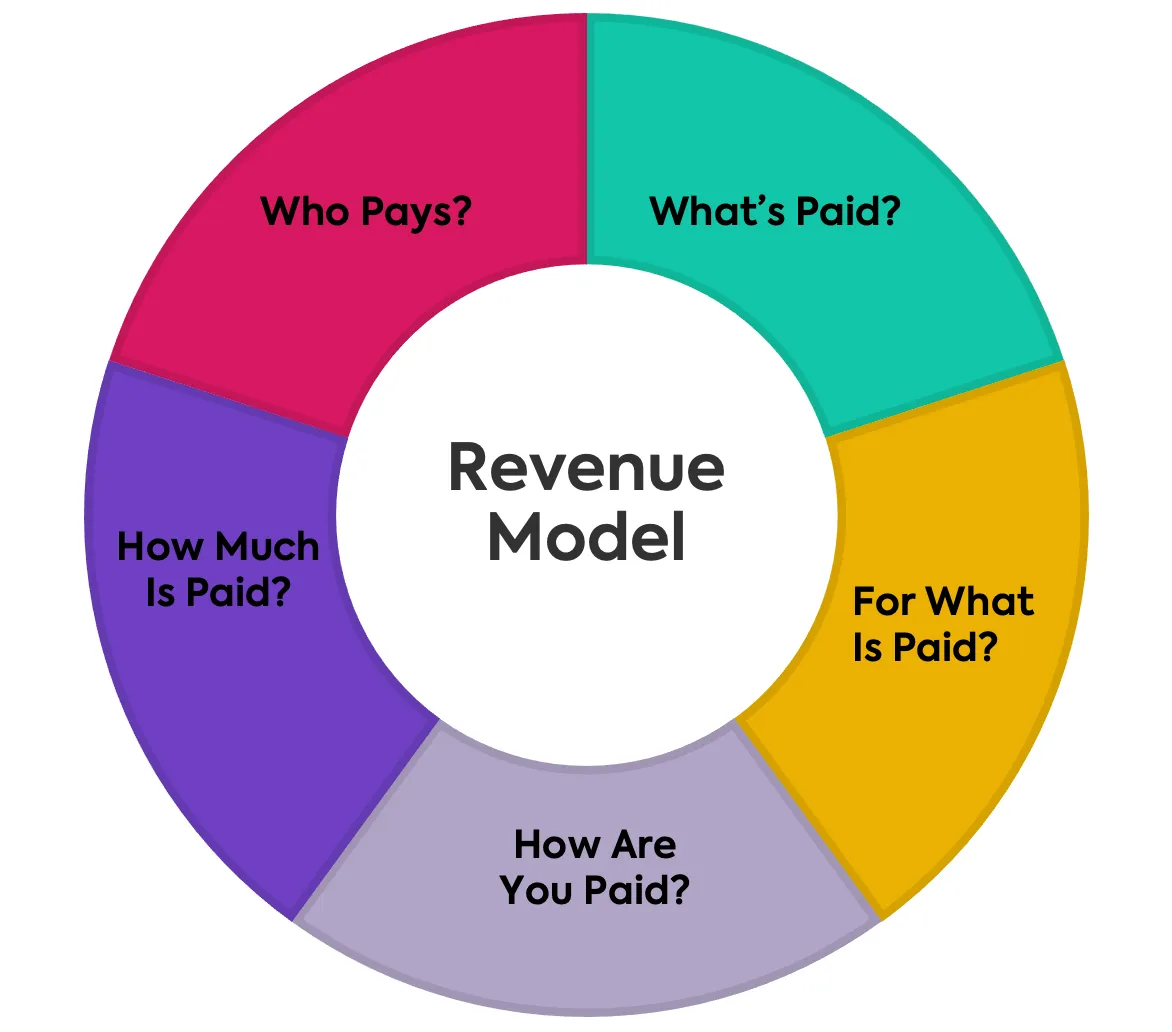
After exploring the nine most common types of e-commerce models, the next logical step is to understand how these businesses actually generate revenue. Among the many strategies available, five revenue models stand out as the most widely used in today’s digital marketplace:
Dropshipping
One of the simplest ways to start an e-commerce business is through dropshipping. In this model, the company acts as a storefront, showcasing products online and collecting payment from customers, while a third-party supplier takes care of the heavy lifting – managing inventory, packing items, and shipping them directly to buyers.
The appeal of dropshipping lies in its low barrier to entry. Entrepreneurs can launch a store with minimal upfront investment and concentrate on marketing and customer engagement rather than logistics. Of course, this convenience comes with trade-offs: businesses must accept thinner margins and less control over delivery times and product quality.
White labeling
Once a business grows beyond the trial-and-error phase of dropshipping, many look for a way to strengthen their brand identity. White labeling provides that opportunity. Instead of developing products from scratch, companies purchase ready-made goods from a manufacturer and rebrand them before reselling to consumers.
This approach allows businesses to enter the market quickly and focus on building a recognizable brand rather than managing production. However, since the underlying product is not unique, competition can be intense. To stand out, white-label sellers must rely heavily on storytelling and optimized customer experience.
Private labeling
Next, we have private labeling, a model in which a business partners with a manufacturer to create products tailored to its specifications. This process might include adjustments in design, packaging, ingredients, or features, allowing the company to put its own stamp on the final product.
Private labeling provides more control and differentiation than white labeling while still avoiding the costs of running a full manufacturing operation. A typical example is store-brand goods in supermarkets, where retailers sell items made by external manufacturers but under their own name.
Wholesaling
While private labeling is about exclusivity, wholesaling shifts the focus back to scale. Here, businesses buy or produce large quantities of goods and sell them in bulk, often to other businesses but sometimes to individual consumers seeking discounted prices for large orders.
Unlike dropshipping or labeling strategies, wholesaling requires significant capital to invest in inventory and warehousing, meaning it is more resource-intensive. In compensation, however, bulk sales create predictable revenue streams and long-term partnerships with buyers who rely on a steady supply. Of course, the upfront costs are higher, but the potential for consistent, large-volume sales makes wholesaling a cornerstone of global commerce.
Subscription
Finally, another model that has surged in popularity is the subscription approach. Customers sign up once and receive their goods or services on a recurring schedule (weekly, monthly, or even yearly), depending on the product.
As you can see, this model thrives on convenience. For consumers, it eliminates the need to reorder frequently used items, such as meal kits, pet food, or grooming products. For businesses, it creates reliable, recurring revenue and helps forecast demand more accurately.
Bonus: Top e-commerce Companies 2025
After looking at how different types of e-commerce revenue models work, let's see how these ideas come alive in practice! The following companies don’t just adopt one model but build entire ecosystems that scale them to global proportions:
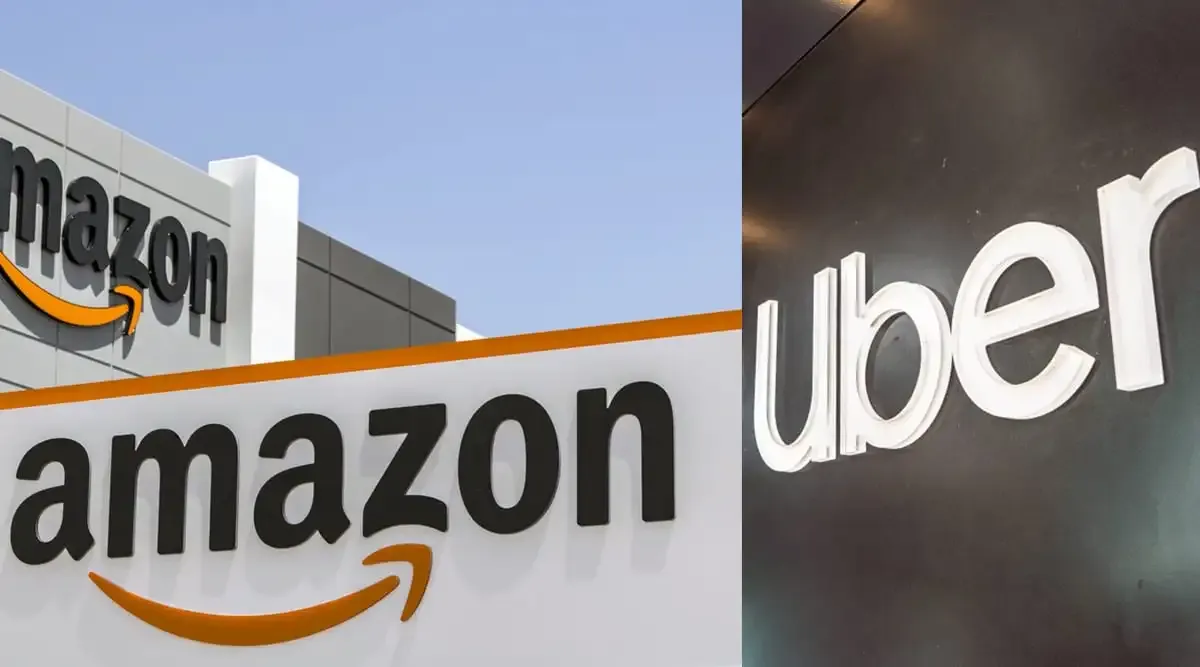
Amazon
Leading the pack is Amazon, the company that has set the global standard for online retail.
Amazon has a market value of well over one trillion dollars and captures nearly 38% of all online sales worldwide. What makes Amazon this influential is mainly its relentless focus on customer convenience, evident in advanced features like one-click ordering and lightning-fast Prime delivery to highly personalized product recommendations. It even pioneered the now-ubiquitous product review system back in 1995, which makes trust and transparency central to the shopping experience.
Alibaba
Where Amazon built its empire in the West, Alibaba became the foundation of China’s e-commerce economy.
Since its launch in 1999, it has grown into a digital ecosystem that covers nearly every corner of online trade.
Through Alibaba.com, it connects global wholesalers and retailers; Taobao enables consumer-to-consumer commerce; and Tmall caters to established brands selling directly to Chinese shoppers. Supporting all of this is Cainiao, its logistics network capable of processing tens of millions of packages daily.
Prosus
Based in the Netherlands, Prosus has taken a different path to becoming a global e-commerce leader.
Rather than centering on one marketplace, it has built a wide portfolio that spans online classifieds, digital payments, food delivery, and education technology. Its strategy focuses on backing entrepreneurs in fast-growing markets, investing in local talent, and building businesses that create sustainable value for communities as well as shareholders.
Uber
When Uber first appeared in 2009, it was simply a convenient way to hail a ride. By 2023, it had expanded into nearly 70 countries, handling around 26 million rides per day and serving 150 million users.
What distinguishes Uber as an e-commerce brand is how smoothly it uses technology to connect supply with demand, whether for mobility, food delivery through Uber Eats, or freight logistics via Uber Freight. It has even entered the healthcare space, helping hospitals and clinics arrange transportation for patients.
Booking.com
Headquartered in Amsterdam, Booking.com has become one of the most recognizable names in online travel.
By streamlining the process of comparing hotels, flights, and rental services, it has made planning trips faster and more transparent. Its platform offers discounts, promotions, and price guarantees that give users confidence when booking. As part of Booking Holdings, it combines global reach with a user-friendly experience that millions of travelers rely on every year.
Types of e-commerce: FAQs
What are the different types of e-commerce models?
There are nine commonly recognized e‑commerce frameworks, including:
1. Business‑to‑Consumer (B2C)
2. Business‑to‑Business (B2B)
3. Consumer‑to‑Consumer (C2C)
4. Consumer‑to‑Business (C2B)
5. Business‑to‑Government (B2G)
6. Consumer‑to‑Government (C2G)
7. Business‑to‑Business‑to‑Consumer (B2B2C)
8. Direct‑to‑Consumer (D2C) or hybrid models
9. Consumer-to-Administration (C2A)
Which type of e-Commerce is best?
The “best” e‑commerce type depends on your business goals and capabilities. Still, common choices include D2C for brand control, wholesale for scale, dropshipping for low upfront costs, private labeling for differentiation, and subscription for recurring revenue.
What type of e-Commerce is Shopify?
Shopify itself is not a product vendor alone, but an all-in-one e-commerce platform (SaaS) that enables businesses of all sizes to create and manage their own online stores, supporting both online and in-person sales.
Conclusion
As we’ve seen, e-commerce is not a one-size-fits-all concept but a dynamic ecosystem of strategies. Simply put, all the aforementioned types of e-commerce with examples serve a unique role in connecting buyers and sellers in the digital age.
So if you’re considering starting your own e-commerce venture or looking to expand an existing business, take these models as inspiration to identify which approach best fits your goals. You can also check out our blog or join our Facebook Communities for more e-commerce tips, such as how to optimize your business, import reviews to Shopify, convert customers to advocates, and more.
